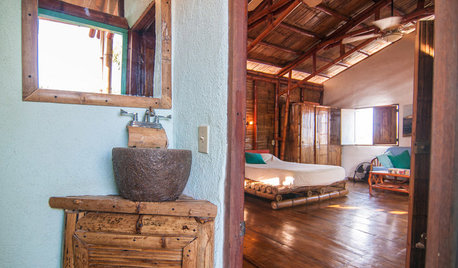moving to Ecuador!
djimb
11 years ago
Featured Answer
Sort by:Oldest
Comments (25)
zzackey
11 years agothefarmguy
11 years agoRelated Professionals
Derry Landscape Architects & Landscape Designers · Forest Acres Landscape Architects & Landscape Designers · Suffern Landscape Architects & Landscape Designers · Winder Landscape Architects & Landscape Designers · Bristol Landscape Contractors · Edinburg Landscape Contractors · Lancaster Landscape Contractors · Lewisville Landscape Contractors · Paterson Landscape Contractors · Pleasant Hill Landscape Contractors · Tewksbury Landscape Contractors · West Orange Landscape Contractors · Crowley Landscape Contractors · Shafter Landscape Contractors · Fairfax Driveway Installation & Maintenancesunnibel7 Md 7
11 years agowhgille
11 years agopnbrown
11 years agoflora_uk
11 years agosunnibel7 Md 7
11 years agopnbrown
11 years agowoohooman San Diego CA zone 10a
11 years agodjimb
11 years agopnbrown
11 years agowhgille
11 years agopnbrown
11 years agowhgille
11 years agokbqh
9 years agoSlimy_Okra
9 years agoSlimy_Okra
9 years agostarrbitz
8 years agozzackey
8 years agoJohn Donovan
8 years agozzackey
8 years agoilliveggies
8 years agoZachS. z5 Platteville, Colorado
8 years agopeace and love
last year
Related Stories

COLORExterior Color of the Week: 5 Ways to Make Orange Work for You
Whether you opt for a little or a lot, bold orange will bring drama to your home
Full Story
GLOBAL STYLEMy Houzz: Sustainable Bamboo for a Prototype Home in Nicaragua
Ecofriendly living has a new champion, as a Granada firm kicks off its bamboo offerings with this house's architecture and furnishings
Full Story
BEDROOMSTrending Now: 25 Bedrooms We’d Love to Fall Asleep In
Looking for a comfortable and calm space? Consider some of the most popular new bedroom photos on Houzz
Full Story

BEDROOMSRethinking the Master Bedroom
Bigger isn’t always better. Use these ideas to discover what you really want and need from your bedroom
Full Story
DECORATING GUIDES13 Decorating Tips for Short-Term Renters
Mirrors, curtains, lamps and other features set a stylish tone you can take with you
Full Story
ARCHITECTURE4 Modern New Zealand Homes Embrace Land and Sea
Journey to the southern hemisphere to see an architect's unique way of addressing the region's topography and waterside views
Full Story
DECORATING GUIDESWorld of Design: Decorating Ideas From 10 Renters Around the Globe
Even if you don’t own your home, you can live beautifully. Browse these ideas from international tenants who’ve made their spaces special
Full Story
HOME TECHMeet the New Super Toilets
With features you never knew you needed, these toilets may make it hard to go back to standard commodes
Full Story
HOLIDAYSHouzz Call: Share Your Personal Holiday Traditions
What winter rituals mean the most to you and yours? Post your stories and pictures
Full Story






pnbrown